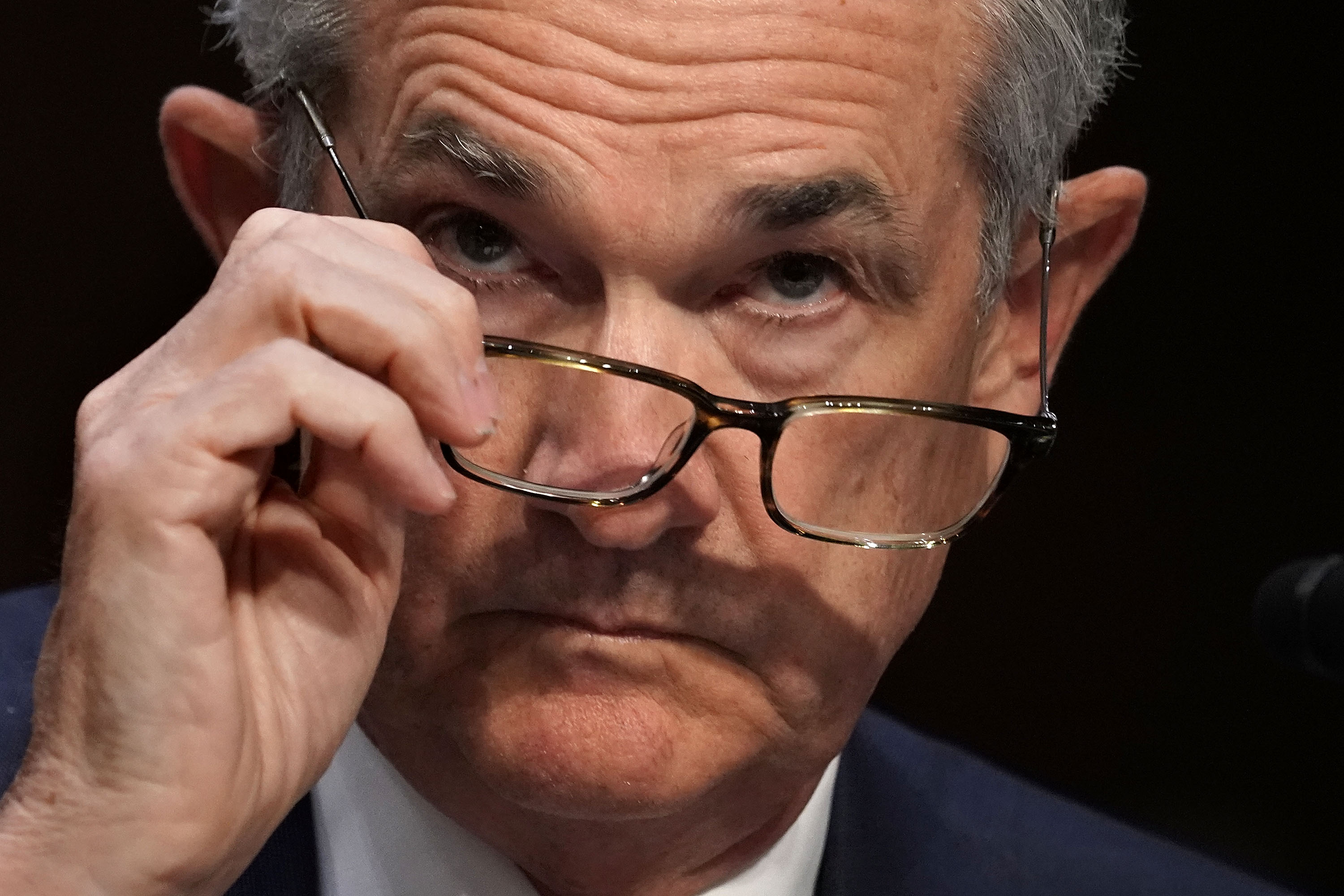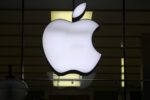As US raises interest rates, Fed may turn more hawkish
By 2020, the Fed expects interest rates to be sligthly higer than “neutral” (ALEX WONG)
Washington (AFP) – Under the cloud of an escalating trade war, the US Federal Reserve this week will raise the benchmark lending rate for the third time this year, moving to prevent inflation from mounting too quickly as the world’s largest economy continues brisk growth.
The Fed’s two-day policy meeting will begin Tuesday — barely 24 hours after President Donald Trump is due to target another $200 billion in Chinese imports with punitive tariffs, bringing the total to over $250 billion.
That will deliver a blow to trade relations between the world’s top two economies and cast a pall of uncertainty over the global economic outlook.
But analysts say, so far at least, that the trade war has yet to make much of a dent in the US economic data that central bankers watch so closely.
Since the Fed’s last meeting, job creation and GDP numbers have shown robust health, wages have risen and inflation has firmed, while measures of industrial activity and the housing market are among the few that have softened.
Among those sounding a warning, the International Monetary Fund has warned the escalating trade war could come at “significant economic cost,” hitting US and China’s growth.
But with the US economy robust, the Fed has repeatedly signaled it expects to continue “gradual” increases in the rate used to set everything from car loans to mortgages. By year end, the central bank is likely to have raised the key interest rate a total of four times and three more increases are expected in 2019.
This will mean the target rate will reach a range of 3.0-3.25 percent by December 2019 — a notch above what policymakers currently view as “neutral,” meaning it neither stimulates nor restrains the economy, which is the goal.
But will the Fed stop there?
– Moving to stay neutral –
If there are signs inflation is accelerating, the Fed would certainly move to tighten policy to dampen prices. But even staying at neutral may be a moving target.
Fed Governor Lael Brainard, an intellectual center of gravity at the central bank who had long called for the Fed to proceed slowly with rate hikes, described an important change in her thinking in a speech earlier this month.
“With government stimulus in the pipeline providing tailwinds to demand over the next two years, it appears reasonable to expect the shorter-run neutral rate to rise somewhat,” Brainard said.
This suggests she may not want the Fed to stop at 3.0-3.25 percent, but continue nudging the rate higher.
“It was a very important shift,” Diane Swonk, chief economist at Grant Thornton, told AFP.
But Swonk said it remains unclear whether the Fed will move more aggressively next year, raising rates faster, or continue the gradual increases for longer.
“We don’t yet know. I know it won’t be resolved at this meeting,” she said.
– New hawks –
Meanwhile, some policymakers who in January will take a turn as voting members of the rate-setting Federal Open Market Committee also have begun to send more hawkish signals.
Boston Fed President Eric Rosengren, who favored the Fed’s near-zero rate policy of in the years after the financial crisis, like Brainard has said in recent interviews FOMC estimates of neutral could go up.
He also noted that very low unemployment rates of the kind the United States is currently experiencing are historical harbingers of recession.
And even the Chicago Fed’s Charles Evans, a longtime dove who will rotate onto the FOMC in 2019, has suggested monetary policy may need to become “restrictive.”
Joseph Gagnon, senior fellow at the Peterson Institute for International Economics, said the pace of Fed action is unlikely to change near term.
“I don’t think there’ll be an acceleration for at least the next six months,” he told AFP, but that will change once inflation picks up.
The Fed’s preferred measure of inflation is currently hovering at the two percent annual target, a level it has not exceeded in six years.
But Gagnon said: “I think by June the overshoot of inflation will be impossible to deny.”
Joining the central bank deliberations for the first time will be Columbia University professor Richard Clarida, recently confirmed by the Senate as the Fed’s new vice chairman, whose views may be hard to pin down but have been seen as dovish in the past.
But Swonk cautioned against easy dove/hawk labels.
“These are economists that move with the times and move with the economy,” she said. “For the most part, you don’t see a lot of ideologues in the Fed, you see people who are weighing the evidence.”
Disclaimer: This story has not been edited by Siliconeer and is published from a syndicated feed. Siliconeer does not assume any liability for the above story. Validity of the above story is for 7 Days from original date of publishing. Content copyright AFP.


